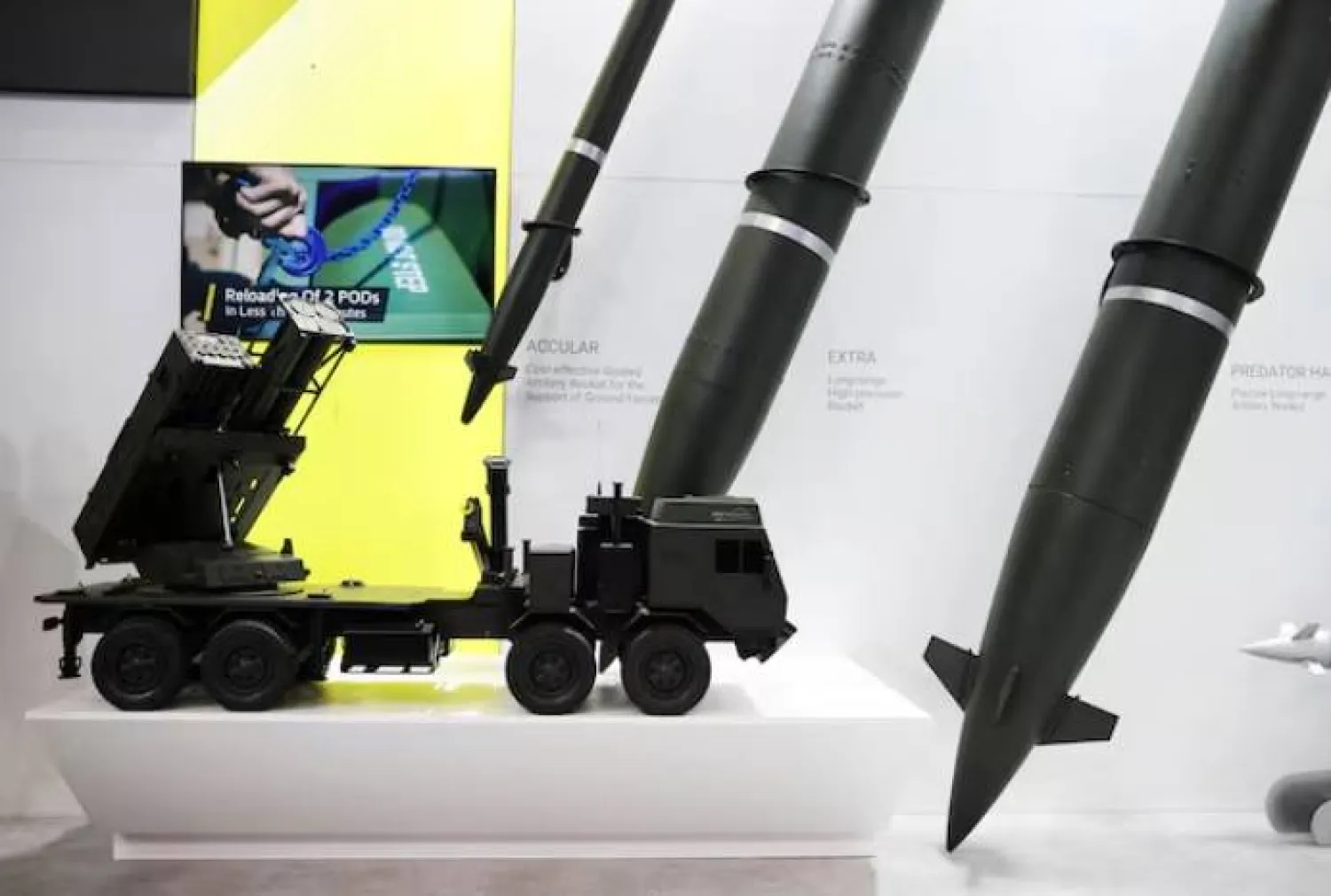Washington: Carol Rosenberg
Undisclosed infrastructure problems forced the military to evacuate the prison housing the men accused of plotting the Sept. 11, 2001, attacks and other detainees from the war against terrorism, according to Defense Department employees.
The military had no comment on the sudden closure over the weekend of its former showcase prison.
But by Tuesday, all 30 detainees at Guantanamo Bay were believed to be confined to a medium-security prison building, called Camp 6, the Defense Department employees said, speaking on the condition of anonymity because they were not authorized to discuss the details of the security operation.
Camp 6 was built in 2006 for $39 million to house up to 200 detainees, and until this week held 16 general population prisoners in communal-style detention.
All 16 have been approved for transfer to the custody of other countries, including 11 Yemeni men whose transfer to Oman is on hold.
Camp 6 is designed with separate cellblocks, each containing about two dozen cells, a large common room and an adjacent outdoor area monitored by banks of cameras.
When it is operated as a medium-security facility, guards remotely open all the cell doors for much of the day, permitting the prisoners to eat, pray, watch TV and engage in other communal activities until they are ordered back to their cells.
As the detainee population has shrunk, fewer men were held in each cellblock, depending on their disciplinary status. Individual cells were replaced with a pantry, a library and other rooms that could be inspected by guards during hours of lockdown.
Officials at the Pentagon had earlier reached a deal with 9/11 mastermind Khalid Sheikh Mohammed and two alleged accomplices, reportedly involving a guilty plea in exchange for avoiding a death penalty trial.
But Defense Secretary Lloyd J. Austin revoked the plea agreement, reviving the possibility that they could someday face a death penalty trial. Defense lawyers are now challenging Austin’s rescindment as unlawful, or simply too late.
Along with Mohammed, Walid bin Attash is accused of training two of the hijackers, researching flights and timetables and testing the ability of a passenger to hide a razor knife on flights. Mustafa al-Hawsawi is accused of helping some of the hijackers with finances and travel arrangements.
The New York Times









